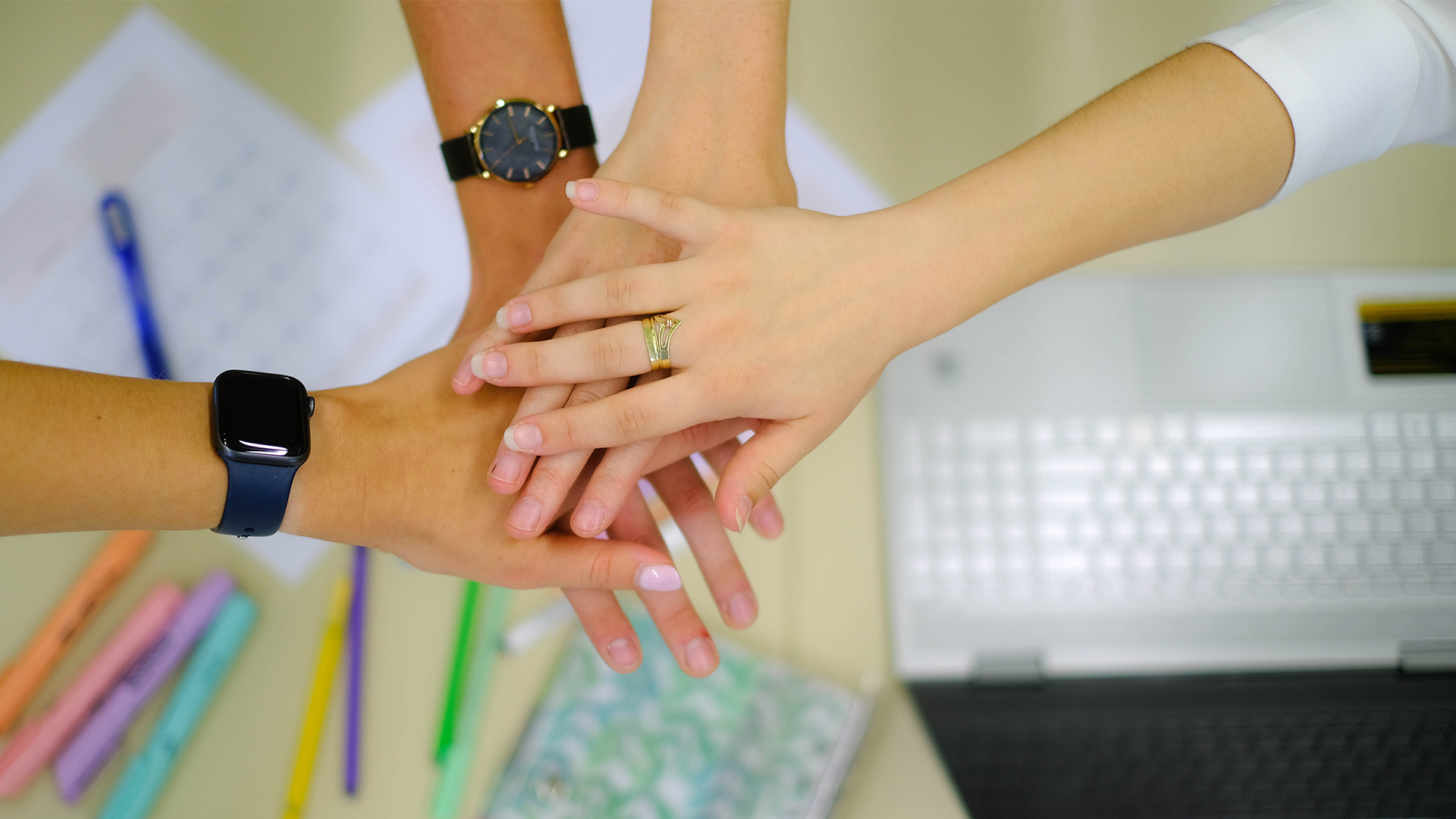Who is a student with a mobility impairment?
Student with a lower limb impairment (C1)
A student who, due to his/her mobility impairment, necessarily needs and uses other personal mobility aids, which may be walking sticks/crutches or a mechanical or electric wheelchair.
Student with an upper limb impairment (C2)
A student who, when performing activities that are commonly associated with study, such as taking notes by hand or using a keyboard, handling of objects and devices necessary for the performance of academic requirements (printed books, writing utensils, instrumentation, etc.), or handling of objects of everyday use, is able to use his/her upper limbs only to a limited extent, or with the help of special aids or modified procedures.
What procedures do we need to observe in classes?
- The student can be accompanied by a personal assistant in the university buildings, or a study assistant who is present at the lectures and helps the student take notes and perform other necessary study-related tasks.
- Preferably communicate with the student, not with the student’s assistant. Simply put, the assistant represents “the student’s hands and feet”; he/she is not entitled to communicate on behalf of the student.
- Outside classes, e.g. during a tutorial, make sure that the interaction between you and the student takes place in the so-called symmetrical position (i.e. you go down so that you can look in the student’s eye).
- When talking to a student with a physical impairment, avoid talking to his/her back.

